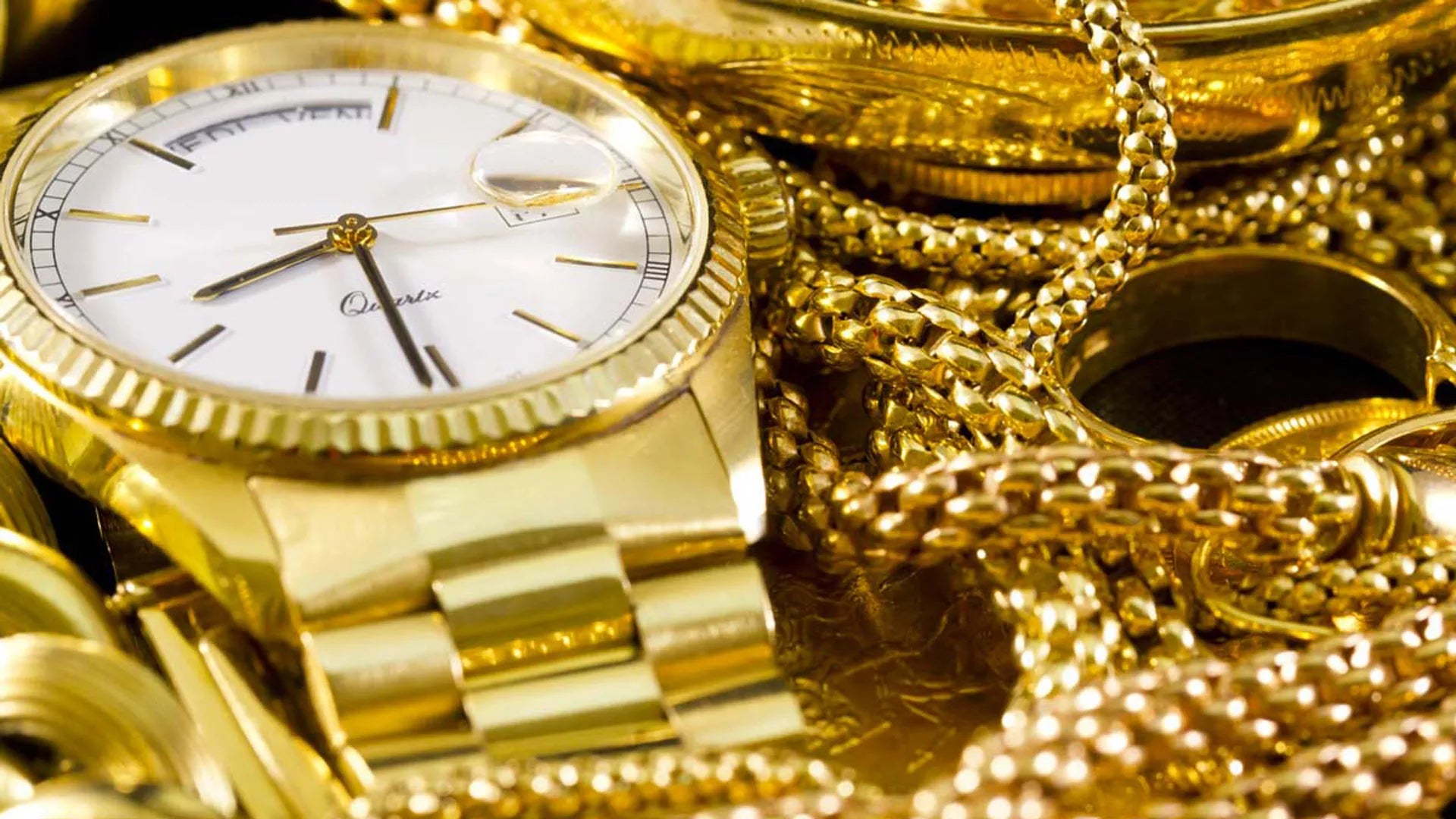The origins of contemporary goldsmith research can be found between the end of the nineteenth century and the beginning of the twentieth century, when an attempt was made to overcome the gap between minor and major arts, artistically reevaluating artisanal creation .
At the end of the nineteenth century, isolated voices of free thinkers opposed the debasement of manual creation by the civilization of machines. Throughout Europe the need was felt to relate society and the environment to the world of art in a new way.
The English Arts and Crafts movement , inspired by the writings of William Morris and John Ruskin, believed that the quality of life had been significantly compromised "by the intrusion of the machine into society" ; therefore the only solution was for art to be part of everyone's daily experience again thanks to the use of artefacts
created by hand, as «especially those that presented imperfections and irregularities due to the hand or “soul” of the artist», were «far superior, in a moral and aesthetic sense, to the impeccable smooth and soulless objects produced by machine" .
Those who worked in Arts and Crafts circles personally dedicated themselves to every phase of manufacturing an artifact, from conception to finished product.
At the same time, artists and architects were encouraged to broaden their horizons and exercise their talents in other fields, including jewelry design .
Numerous artists dedicated themselves to the creation of unique ornaments. Above all, we remember the name of a great experimenter: Charles Ashbee (1863-1942), self-taught architect and goldsmith. In 1888 he officially inaugurated the Guild of Handicraft school whose objective was to combine innovative design and artisan expertise.
The jewels produced in the Arts and Crafts sector were united by a predilection for the hand-working of metal surfaces, for softly colored cabochon -cut stones, for enamels and for «decorative themes referring to a romanticized pre-industrial past» 15 .
It is at this moment that the concept of "art jewelry" was born and contemporary goldsmithing is the "heir and continuer" of the Arts and Crafts culture .
The "rehabilitation" of jewelery had begun, whereby it rightfully entered the highest spheres of art.




 Progetto di Marketing Strategico per lo sviluppo del canale di vendita online BtoC.
Progetto di Marketing Strategico per lo sviluppo del canale di vendita online BtoC.